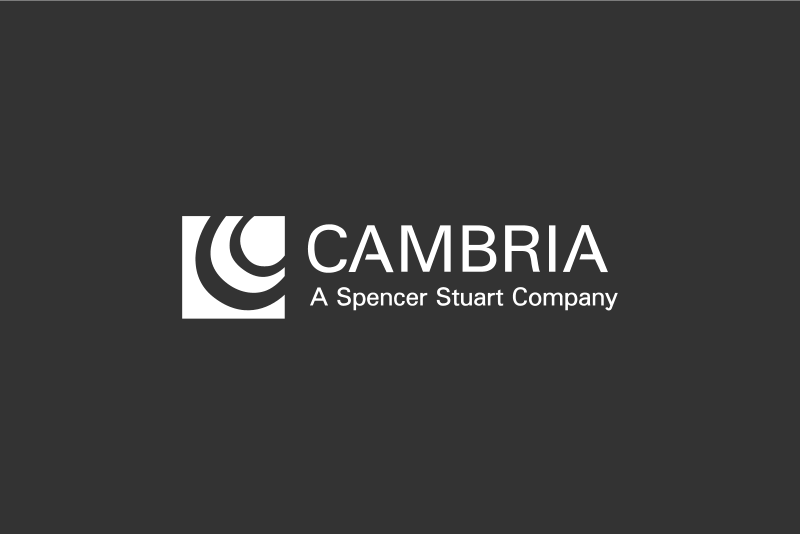

It’s said that the decision to hire someone is one of the most important decisions a company makes. Much of what has been written on this topic focuses on what to look for when hiring the “perfect” candidate, avoiding errors in judgment and other traps, and the importance of making sure that the new hire is a good fit with the organization’s culture.
Most advice and wisdom, explicitly or by inference, centers on the hiring event as a singular activity designed to hire as many good people as possible, one person at a time. But here’s what’s often overlooked: People are not hired into an organization to become “individual contributors” in the literal sense, to work totally on their own under the watchful eye of a manager. Instead, with rare exceptions, people are hired to become part of a team.
Perhaps that’s obvious, but it makes a significant difference in how one thinks about the hiring process, what to look for, and how to avoid a mismatch with the team into which the person is being hired.
Whatever the specific skills and qualities possessed by the candidate might be, and whatever interviewing or other assessments may take place, here are three rules of thumb to make sure that you get the right person with the right skills and the right fit every time:
Boil down your hiring criteria.
The focus here is on the most essential job requirements. Most organizations start with a job description that presents a detailed set of tasks, knowledge, and skills that the successful candidate will need to master. The resulting long and un-prioritized “wish list” of requirements inevitably leads to making compromises in the search for the perfect candidate. Typically, the candidate who meets the majority of them gets hired. Instead, hiring managers should focus on the fewest number of essential requirements for the job and not compromise on someone who doesn’t meet this standard.
This is not an easy task; it takes critical thought and considerable discipline to do it well. However, it helps to emphasize “must-have” specialized knowledge and skills and the attitudes and personal characteristics that cannot be trained, and de-emphasize knowledge and experience that can be acquired on the job. It may take some time to find candidates who meet this standard, but it’s not worth settling for second best.
Look for what’s different.
This is about finding candidates who bring something different to the team. Diversity today is acknowledged as more than an organizational aspiration or value but an economic and competitive advantage. Including individuals with different racial and ethnic backgrounds, women, and people with different life experiences in the hiring process opens up the talent pool to a wider audience and increases the likelihood of hiring qualified candidates. In an increasingly competitive economy, having a more diverse set of candidates for any position gives employers an edge in recruiting the best talent.
When hiring a new person to join an existing team, it is also important to look for someone who brings an additional skill set, new thinking, and a different personality into the mix. Particularly when the people on a team have worked together for a while, adding a member with a different perspective and different experiences can reinvigorate the group and spark different conversations and new creativity. In other words, don’t get caught hiring people who are cut from the same cloth as the others — look for complementarity, not just compatibility, when adding to the team.
Trust your intuition.
This one cuts both ways. Research tells us that many hiring managers make go/no go decisions based on the first three minutes of the first interview — even before they have gotten to dig deeper to learn anything substantial about a candidate. On the other hand, there is considerable merit in using your instincts to decide whether a person will work well with the team, particularly if those instincts can be backed up with observations. For example, you might sense slight inconsistencies in a candidate’s answers to your interview questions, something in their affect or lack of it, or how they interact with others in the office. Whatever it is, your unconscious may be telling you something that your conscious brain wants you to ignore in an otherwise qualified candidate. Pay attention to it.
Also, invite your team to weigh in on the hiring decision for the same reason. The people with whom the new hire will be working are usually fairly astute judges of whether a person will be a good addition to the team, and have their antennae up for receiving signals that you might miss. Even though the goal is to make the decision to hire someone a rational one, more hiring mistakes are made by ignoring this additional important piece of “data,” especially when comparing equally qualified candidates for the same job.
Hiring the right people is a blend of art and science, something that we take for granted today. However, regardless of whatever art or science you employ, some practices work better than others. That’s true despite the best-written job descriptions, the most complete lists of the knowledge, skills and competencies needed in the job, and the latest and most valid testing and interviewing techniques. By starting with the critical few “must-have” requirements, adding the value of diverse experience, perspectives, and styles, and using informed intuition as a final filter, the above three steps will help you do a better job at “hiring the best” for the organization and especially for the team.



